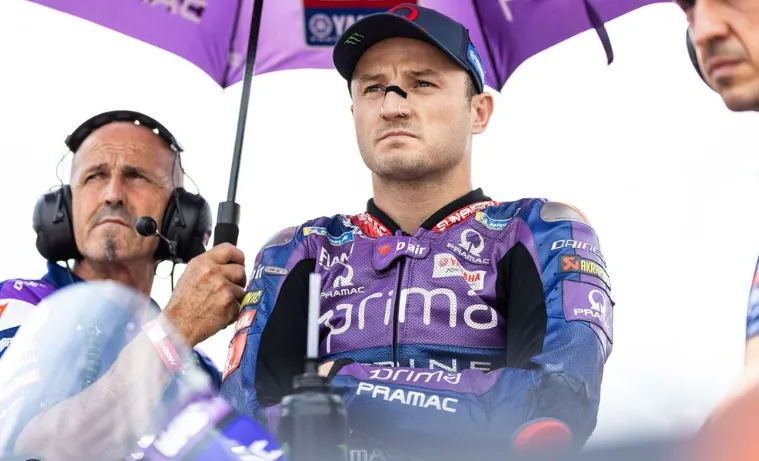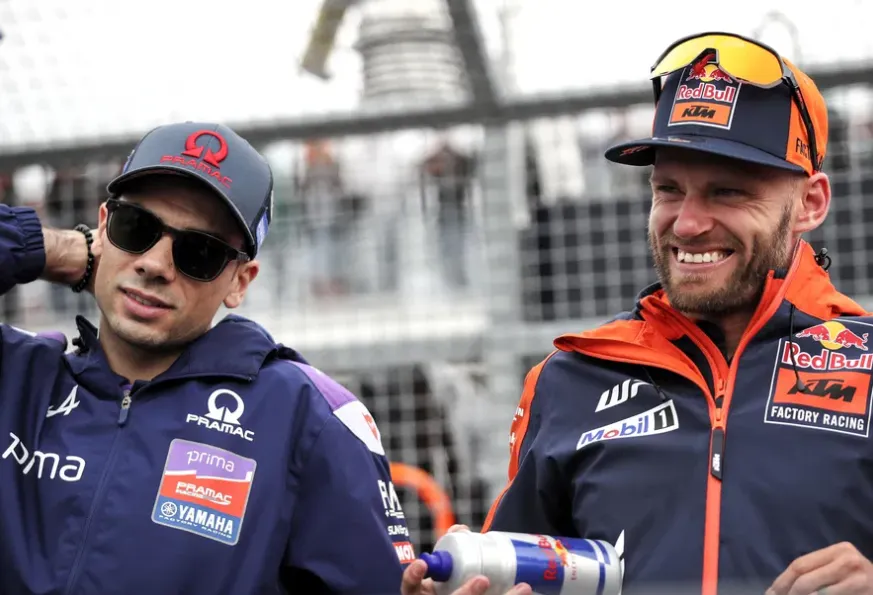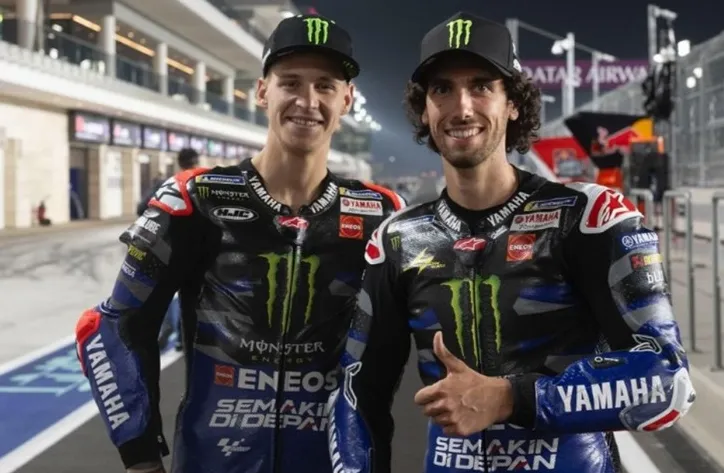
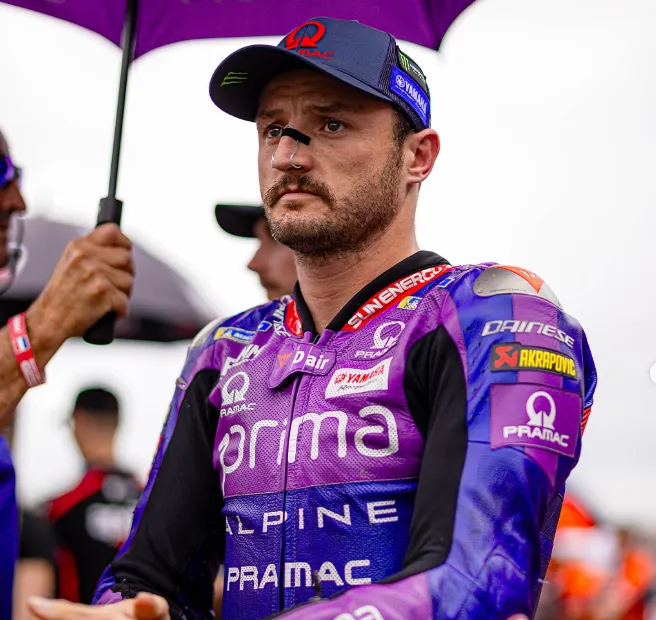
Yamaha’s MotoGP Nightmare: Jack Miller Says It’s the Worst Bike to Fight With!
Jack Miller, the Australian MotoGP star riding for Prima Pramac Yamaha, did not hold back during the post-race interviews at Assen, expressing deep frustration with his bike’s lack of performance. As MotoGP becomes increasingly competitive, Miller’s remarks peeled back the curtain on the real challenges Yamaha riders are facing in 2025.
In a season where technological superiority often dictates race outcomes, Miller’s frank assessment of Yamaha’s capabilities is both eye-opening and telling. While he remains a tenacious competitor, his words underline how Yamaha’s technical struggles are impacting rider confidence and performance across the grid.
Brutal Honesty: Miller Calls Yamaha “the Worst Bike to Be Fighting With”
Following the Dutch Grand Prix at the TT Circuit Assen, Miller addressed the growing concerns over Yamaha’s race pace and overtaking ability. Echoing comments previously made by Maverick Viñales about the KTM’s superior braking and acceleration, Miller did not hesitate to agree with those assessments.
“Yeah. Yeah. Definitely, yeah absolutely [the worst bike to be fighting with],” Miller said with candid frustration.
His reaction marks a dramatic and sobering reflection for Yamaha. Once a powerhouse in MotoGP, the Japanese manufacturer now finds itself playing catch-up as Ducati, KTM, and Aprilia surge ahead with cutting-edge developments and refined aerodynamics.
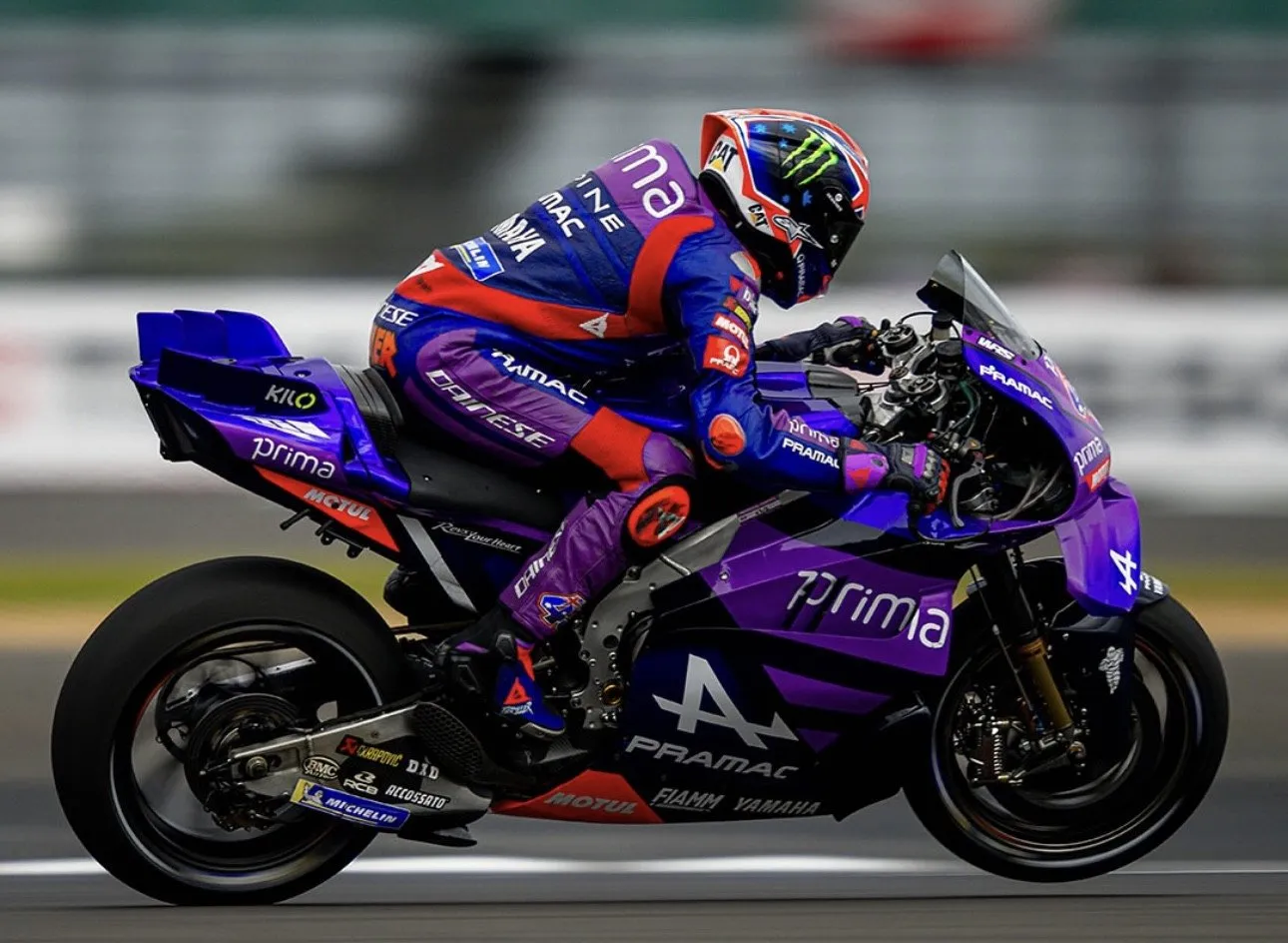
The Challenge of Chasing: Miller Struggles at the Start
One of Miller’s biggest grievances emerged at the start of the Assen race. From the drop of the flag, he could feel himself losing touch with the leaders—particularly the VR46 Ducati riders, who immediately gained an advantage on straights and in braking zones.
“I was getting frustrated or start making silly mistakes, just trying to make a maneuver, trying to get or go with those boys because I could see they were sort of just edging away,” Miller admitted.
His words paint a vivid picture of a rider caught in a pressure cooker—forced to over-ride a machine that simply cannot match the explosive starts and mid-corner agility of its rivals. When qualifying poorly, these weaknesses are magnified.
Qualifying Woes Compound Yamaha’s Race Day Struggles
Miller was quick to identify qualifying performance as a critical factor in his recent frustrations. In MotoGP’s current era, starting position is more vital than ever. With races often settled in the first 5–10 laps, those who start further back are left with limited options.
“Qualifying better will definitely help,” he noted, acknowledging how grid placement could change the complexion of his races.
However, with Yamaha’s current one-lap pace also under scrutiny, even achieving a decent starting spot requires the kind of heroic effort that can drain a rider before the race even begins. Without consistency in both qualifying and race pace, Miller is left with few tools to challenge the frontrunners.
Laptimes Reflect the Reality: Mid-32s Are Out of Reach
Miller also delved into the critical numbers. While he believes he can run consistent lap times in the mid-to-high 1:32s, his Yamaha often keeps him circulating in the 1:33 range—a margin that separates the midfield from the podium.
“You know, it’s tough. It is tough, but that’s racing,” he said, in a tone that combined realism with resolve.
The difference may seem minor to the casual observer, but in MotoGP, a few tenths per lap can equate to multiple seconds over race distance, turning a possible fifth-place finish into a twelfth-place result. For a competitor of Miller’s caliber, that’s simply unacceptable.
KTM’s Rise Highlights Yamaha’s Decline
Miller’s words gained even more traction when contrasted with Viñales’ previous remarks about KTM’s phenomenal braking performance. Both riders have witnessed firsthand how the orange bikes can out-brake, out-turn, and out-drag Yamaha machines in nearly every scenario.
Ironically, Miller once rode a KTM RC16 and faced criticisms about its front-end behavior. Now, the tables have turned—and KTM’s development has propelled them into serious title contention while Yamaha struggles with mechanical grip and acceleration.
This technological disparity highlights how rapidly the MotoGP landscape can shift and how crucial it is for manufacturers to keep up with aerodynamic, electronic, and chassis innovations.
What’s Wrong with the Yamaha M1 in 2025?
Yamaha’s troubles aren’t new—but they’ve grown more pronounced in the 2025 MotoGP season. Several key issues have plagued the M1:
-
Lack of horsepower compared to Ducati and KTM
-
Inferior rear grip during corner exit
-
Limited braking stability
-
Trouble adapting to new aero packages
Miller, along with teammates like Fabio Quartararo, has been open about these limitations, calling for urgent upgrades and structural changes within the Yamaha development program.
A Ride of Irony: Miller Now Faces the Same Complaints He Once Made
There’s an ironic twist in Miller’s MotoGP journey. During his time with Ducati, he often heard complaints about how “unfair” it was to compete against factory Ducati machinery. Now, wearing Yamaha colors, he’s the one lamenting a performance gap, finding himself helpless to fend off the very kind of overtakes he used to execute.
It’s a stark reminder of how quickly fortunes change in MotoGP and how no rider is immune to the limitations of their machine.
Mental Strain: When Frustration Becomes the Enemy
Perhaps the most powerful part of Miller’s remarks lies not in the technical analysis, but in the emotion. The mental battle of being competitive in MotoGP is grueling, and Miller made it clear that fighting with an underperforming machine affects not just his results, but also his focus and mindset.
“I was getting frustrated or start making silly mistakes…”
This kind of emotional response is common when riders push beyond their limit in an effort to compensate for machinery shortcomings. And in a field as tight as MotoGP, one mistake often spells the difference between finishing in the points or walking back to the pits early.
But He’s Not Giving Up
Despite the criticisms, Miller remains committed to the Yamaha project. He acknowledged that “that’s racing”, and it’s clear he’s still invested in making the most of what he has.
That kind of grit is what defines MotoGP riders—the ability to endure, adapt, and keep chasing even when the odds are stacked against them. If Yamaha can give him even a small improvement, Miller has the talent and racecraft to make it count.
Will Yamaha Listen? The Clock Is Ticking
The question now is whether Yamaha’s engineering team is listening closely enough. With their last championship coming in 2021 with Quartararo, Yamaha fans are growing impatient for a return to the top step.
Aleix Espargaró, Marco Bezzecchi, and Jorge Martin have all benefitted from factory support and development momentum. Yamaha riders like Miller and Quartararo, in contrast, are asking for patience—something MotoGP doesn’t often allow.
If Yamaha fails to respond to the feedback coming from Miller and others, they risk falling even further behind in a sport where milliseconds matter.
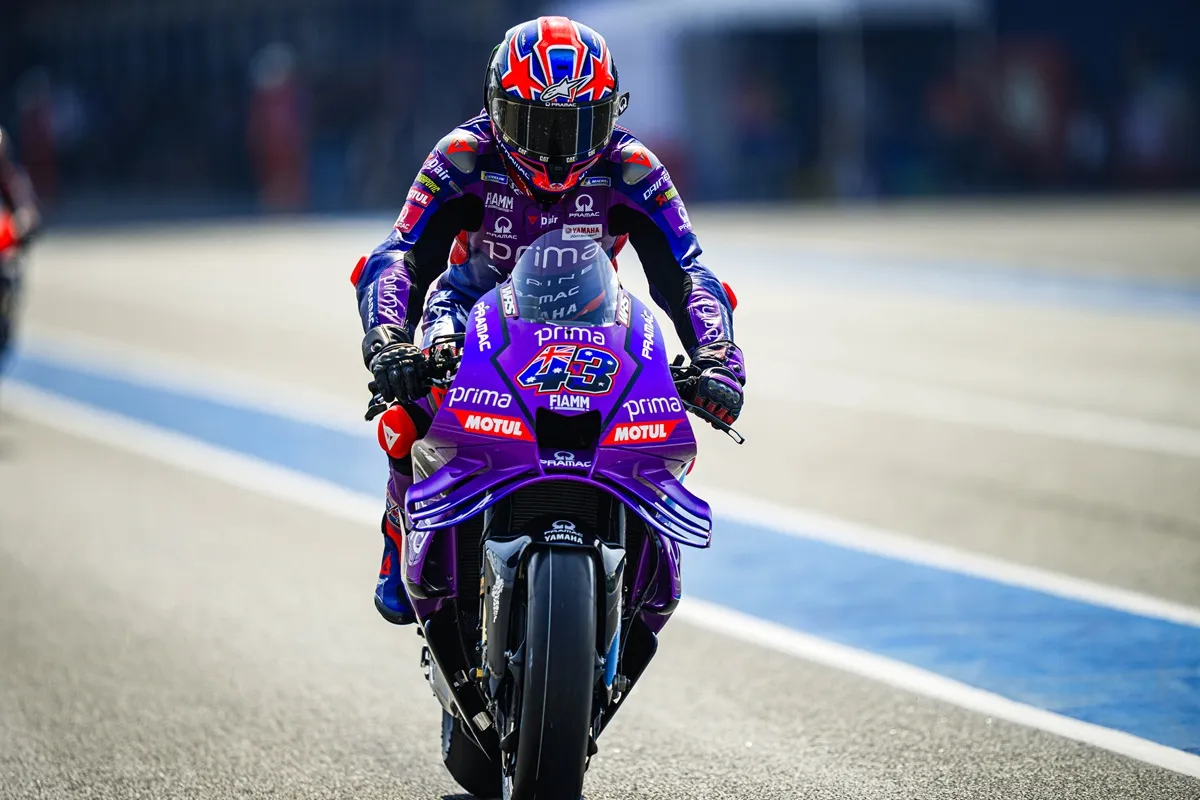
Looking Ahead: Can Yamaha Turn It Around?
There’s still time in the season for improvements. With races remaining in Austria, Misano, Japan, and Thailand—all circuits with unique characteristics—Yamaha has opportunities to test updates and tweak their setup to better suit their riders.
However, the solutions won’t come overnight. Yamaha needs to invest aggressively in electronics, chassis stiffness, and rear grip. The battle for 2025 may be uphill, but laying the foundation now could bring rewards in 2026.
Final Thoughts: Miller’s Honesty Speaks for the Whole Grid
Jack Miller’s raw, unscripted honesty after Assen gives fans a rare look into the mental and mechanical challenges that define modern MotoGP. His frustration is palpable, but so is his passion.
His remarks not only expose Yamaha’s shortcomings—they reflect a deeper truth about the sport: you can’t win without the right machine, no matter how skilled or determined you are.
If Yamaha truly values Miller’s experience and feedback, they’ll act fast. Otherwise, the frustration may only grow—and one of MotoGP’s most entertaining talents may start looking elsewhere for a bike that lets him fight on equal terms.








